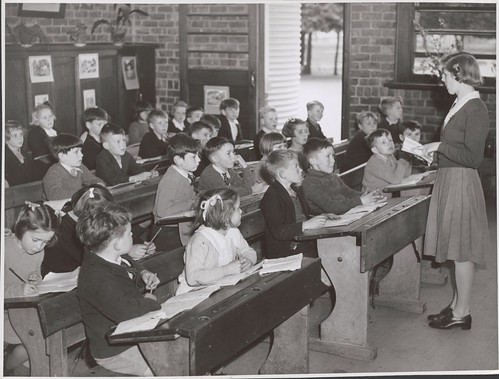Gambling – the activity or practice of playing at a game of chance for money (Dictionary.com). But are we really playing by chance? Let’s find out.
First let’s discover what chance is;
Chance is the possibility of something happening (oxford dictionary). It can also be described more mathematically as probability.Say you have a coin. It has two sides; heads and tales. If you flip the coin your chance of getting one of the sides is 1/2.Take a dice, it has six sides. Therefore, by rolling it you have a 1/6 chance of it landing on any of the sides.
probability of an event happening = number of ways it can happen / total number of outcomes (mathsisfun.com)
The first ‘chance’ game we are going to look at is the “Monty hall problem”. This is a situation where you are faced with three doors; two of which conceal goats and behind the other is the star prize, a car. The game show host will ask you to choose a door. After doing so he or she will then reveal one of the doors that you have not picked and reveal a goat. You will then get the choice to stick or switch from the door you have originally chosen. This leaves you with a 50/50 chance, right? Wrong.
So how does this work? By switching doors, you actually change to probability of picking the car. There is a 1/3 chance that the prize is behind the first door that you picked. Therefore, there is a 2/3 chance that the prize is behind one of the remaining doors. Since we know that the prize cannot be behind the door that the game show host has revealed, the probability affectively concentrates to the remaining door – leaving its probability as 2/3 (gizmodo.com). So, you are twice as likely to win the prize by switching doors.
Try it for yourself: https://betterexplained.com/examples/montyhall/montyhall.html
“New research shows that almost half of people in Britain gamble” (Gambling Commission). Is that not shocking? And we are all losing money. “Each game you play at a casino has a statistical probability against you winning. Every single time. This house advantage varies for each game, and helps ensure that over time the casino won’t lose money against gamblers. For people who are really good at Blackjack, the advantage for the casino might only be 0.5%, but certain types of slot machines might have a 35% edge over a player, and other games fall somewhere in between” (Investopedia.com). Of course, people can win, and they do, but the amount of people who do not drastically out-weighs the amount that do. As a nation, we are throwing out money into a pot where the probability is stacked against us.
We are not playing by chance. We are participating in games and gambling where it is designed and planned that we will lose. Just like the Monty hall problem we have to consider the probability of our actions whilst we are playing games to win. The games are designed to make us believe that our chance of winning is no what we think it is. The only way around this is maths. By calculating our probability of winning we can participate in games that give us a better chance of leaving it better off than we started.
References:
Dictionary.com: https://www.dictionary.com/browse/gambling
Oxford Dictionary: https://en.oxforddictionaries.com/definition/chance
Gizmodo: https://gizmodo.com/heres-the-best-explanation-of-the-monty-hall-yet-1580031464
Better Explained: https://betterexplained.com/examples/montyhall/montyhall.html
Maths Is Fun: https://www.mathsisfun.com/data/probability.html
Investopedia: https://www.investopedia.com/financial-edge/0910/casino-stats-why-gamblers-rarely-win.aspx
All visited 27/10/18


